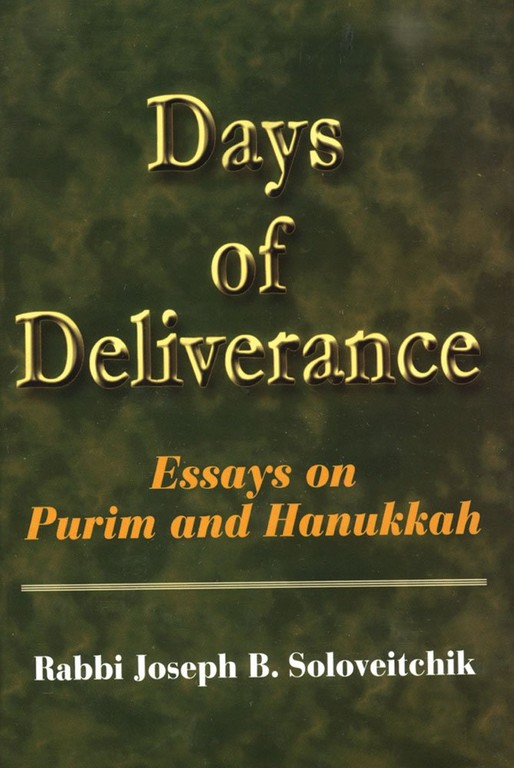Recalling Amalek: Today’s reality of hate, death
Part One
As the yearly cycle of our religious observances marches on, we experienced the readings about Amalek a few weeks ago, and we are to further hear of that nation’s hateful and violent legacy in the Torah readings first on Shabbat Zachor and then on Purim.
There is a lot to be said about Amalek, the quintessential example of hate and death. Amalek is surely alive today and it behooves us to learn from our tradition about this eternal evil.
Among the greatest teachers of the Jewish tradition in our time, Rabbi Joseph B. Soloveitchik — the Rav —many years ago wrote on the meaning of Amalek from antiquity to our own day. In so many of today’s murderous events we witness the evil signature of Amalek written in the blood of its victims. This column, this week and next, will be citing the Rav’s teachings on Amalak to encourage a better appreciation of the meaning of Purim and how it meshes with current events.
In “Days of Deliverance” (Ktav/Toras HoRav Foundation), an anthology of the Rav’s essays on Purim and Chanukah, we his concerns, fears, and hopes for the future.
This anthology, edited by Rabbi Reuven Ziegler of Yeshivat Har Etzion, among others, devotes several chapters to the Amalek threat to the Jewish people and humanity.
In an essay entitled, “The Duality of Purim,” subtitled “The Encounter with Amalek,” the Rav teaches the following:
“Deep down, the Jew maintained, and still maintains, there is something good in every man, something of G-d abides in man, even the sinner. The Jew believed and still believes in man.
“The possibility of repentance and the expectation that mankind will finally come back to the Almighty are based upon the principle that there is something intrinsically good in man.”
The Rav pauses and then, in a dramatic fashion, continues:

 50.0°,
Mostly Cloudy
50.0°,
Mostly Cloudy 




